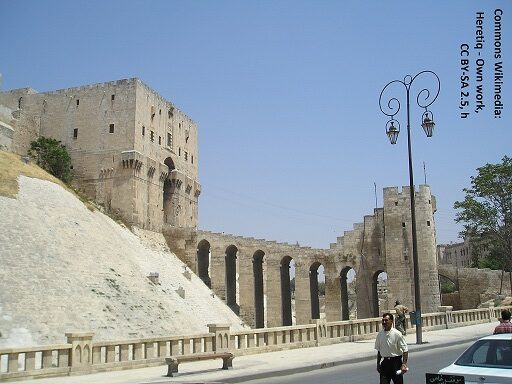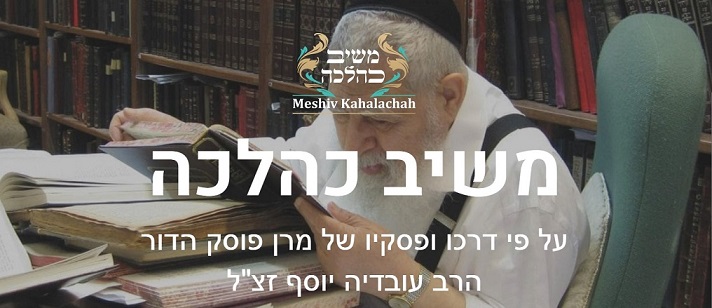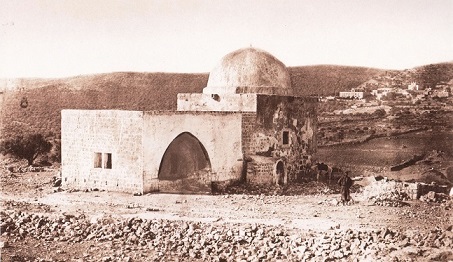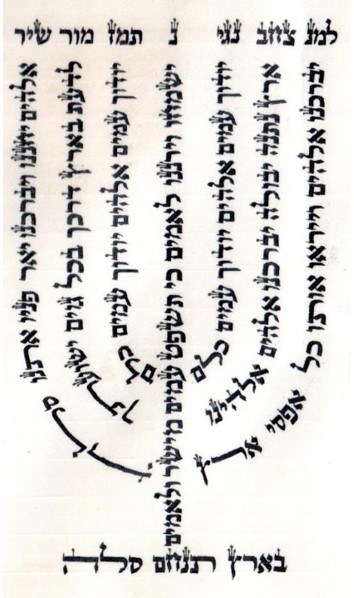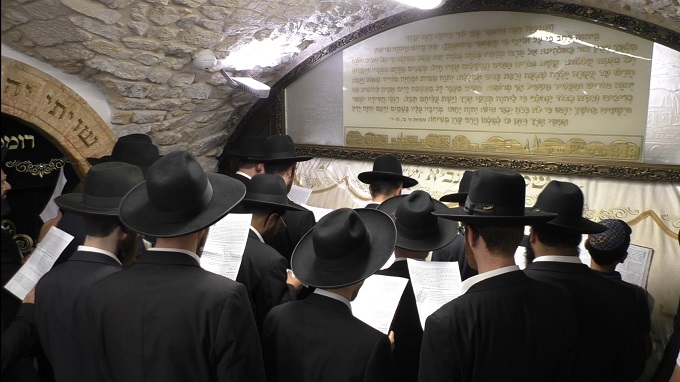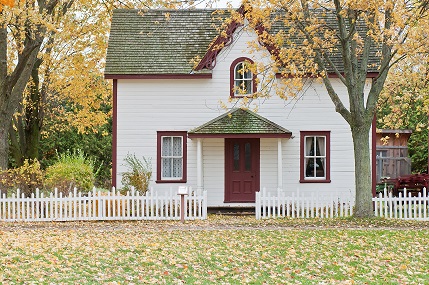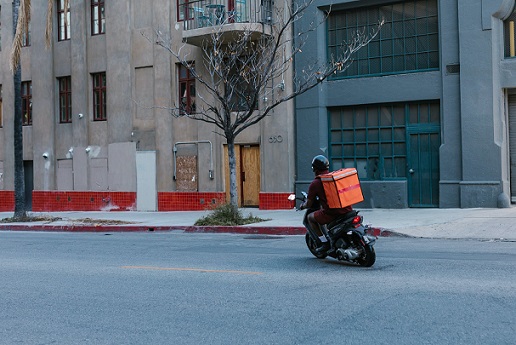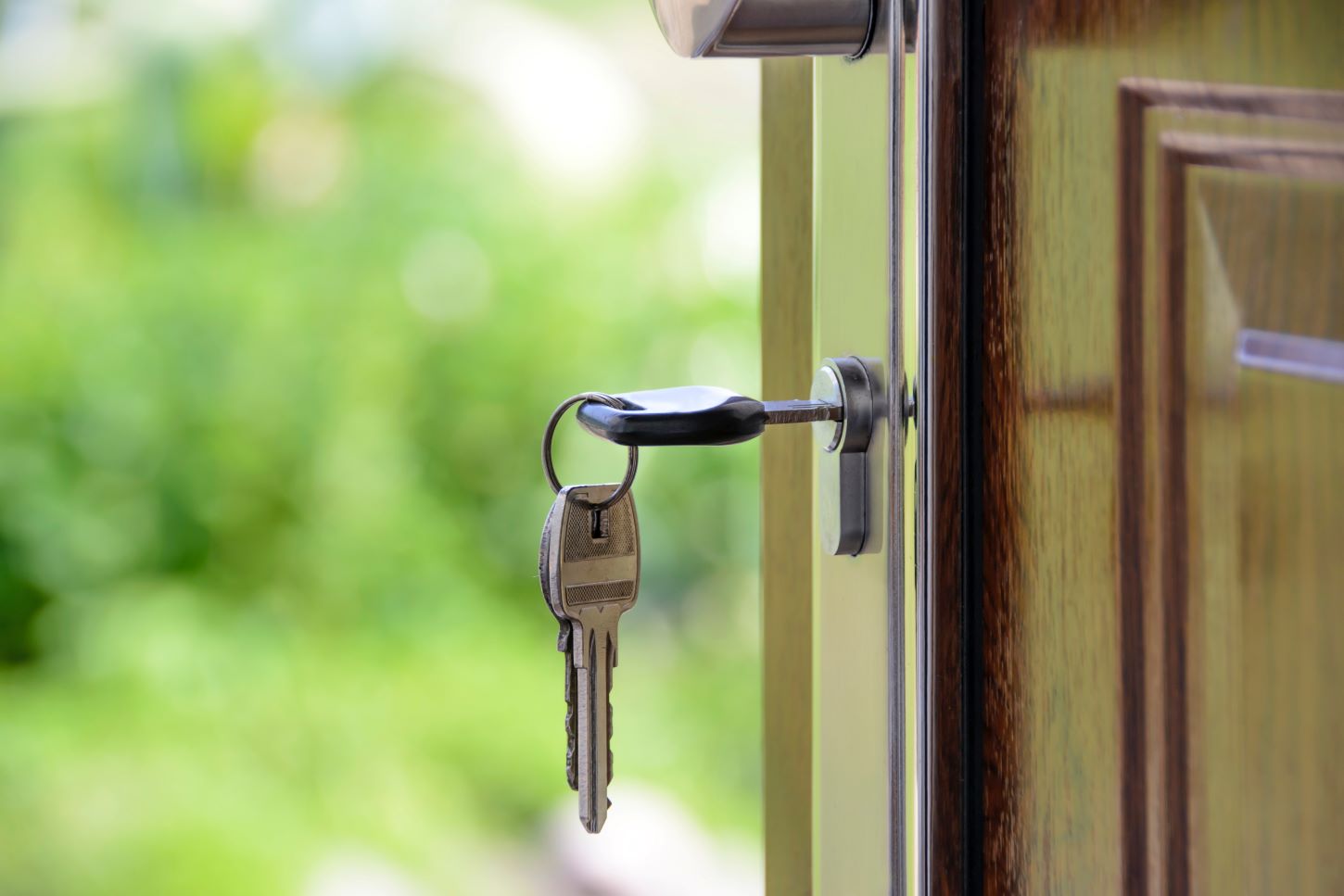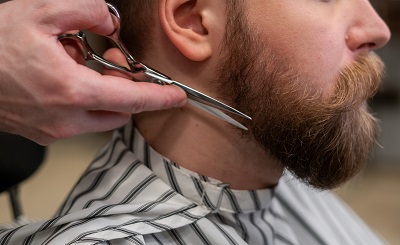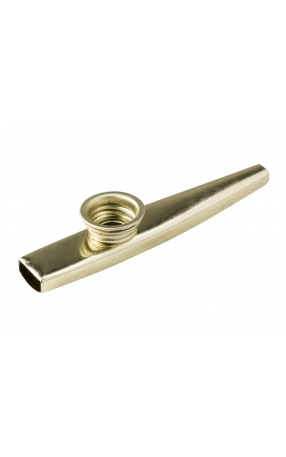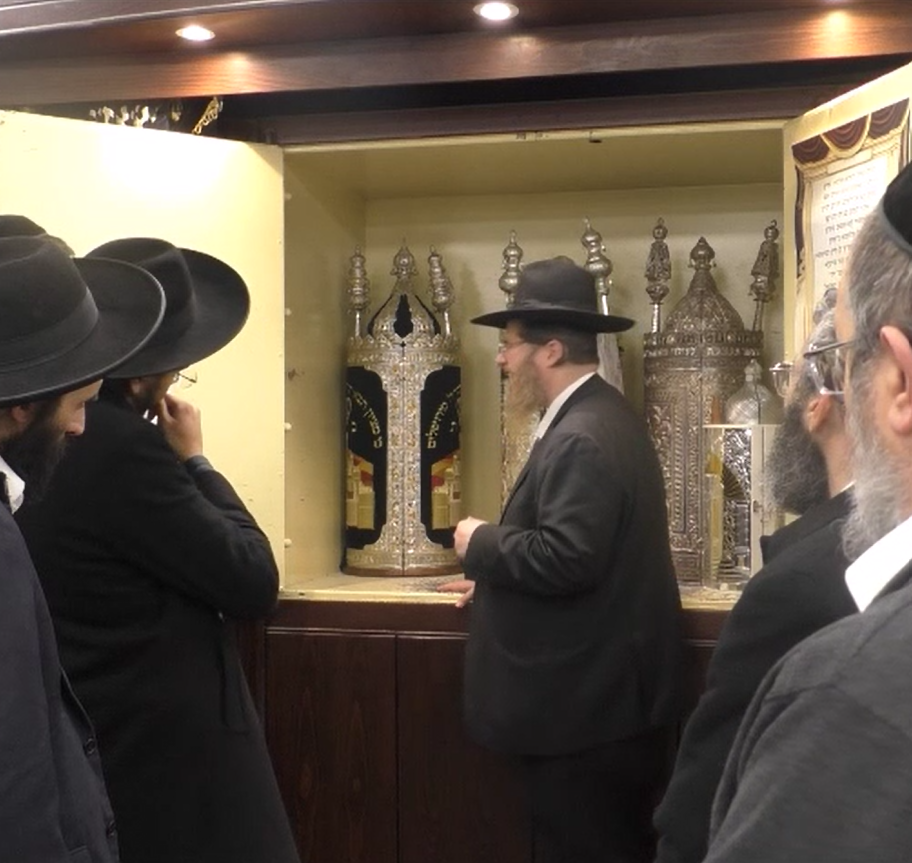Question: Since we do not know where Moshe Rabbeinu is buried, as it is written in the Torah “and no one knew his burial”, what can be done on the 7th of Adar, the day of Moshe Rabbeinu’s death, for those who want to come to his grave and pray?
Answer: First and foremost, on the 7th of Adar we must study the Torah, which was given to us by Moshe Rabbeinu, and in this we “connect” to the soul of Moshe Rabbeinu in the best way. And of course it is advisable to read chapter 90 of the Tehilim-Psalms (“Prayer to Moshe the Man of Gosh”), which was composed by Moshe Rabbeinu, and added to the Tehilim-Psalms by King David. And for those who also want to pray and prostrate, as is customary on the days of remembrance of the Tsadikim.
we will copy here the customs of prostration on the 7th of Adar, from my small book “Shoshani Zion” Chapter 7, Branch A (the book is still in the editing stages):
On the 7th of Adar (the day of Moshe Rabbeinu’s death), the members of the Hevra Kadisha used to pray in the graves of the Tsadikim, and also fast and ask forgiveness from all the dead in the cemetery (even non-Tsadikim), who may not have behaved with due respect. And even to all other people It is customary to visit the graves of the Tsadikim on the 7th of Adar.
And the reason is that in every “Talmid Chacham” there is a spark of Moshe Rabbeinu, and it is found that on the 7th of Adar there is an examination of the “Day of Commandment of the Year” (Yarzeit) in all the tombs of all the Tsadikim.
On the 7th of Adar, the people of the Galilee used to prostrate themselves precisely on the occasion of the Rashbi, as a substitute for prostrating themselves on the tomb of Moshe Rabbeinu (as the place of Moshe’s burial is not known in the Bible because “no one knew his burial to this day”), because the Rashbi was a spark of the soul of Moshe Rabbeinu. And there in Meron they used to engage in Torah all that night, and hold the end of the Zohar, and light a fire and rejoice like the day of Lag B’Omer, and there they receive a very great enlightenment, and some are said that there will come a time when by prostrating at the Rashbi Zion on the 7th of Adar the Geula will come.
And the people of Jerusalem and Hebron used to prostrate themselves in this day in the Cave of the Avot (Maarat Hamchpela), because inside the Cave of the Avot (Maarat Hamchpela) there is a cave up to the tomb of Moshe, and there are ancient sources that after the burial of Moshe on Mount Nebo, angels transferred him to the Cave of the Avot (Maarat Hamchpela)
And over the years, the custom of the people of Jerusalem to travel to Hebron on this day was forgotten, because of the rioting terrorists of the Ishmaelites, and they also began to travel to Meron. And today it is appropriate to restore the crown to its former glory, except for the cancel of the Torah, which involves traveling north.
And there is a benefit in standing and praying on Mount Nebo, everywhere on the mountain, even that wrote that we do not know the exact location of the burial.
And also that there is benefit even in walking on the edge of the descent in front of Mount Nebo and asking Moshe Rabbeinu to pray and recommend well.


